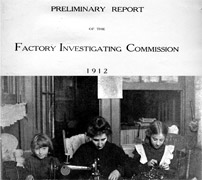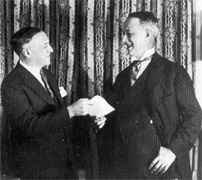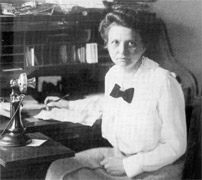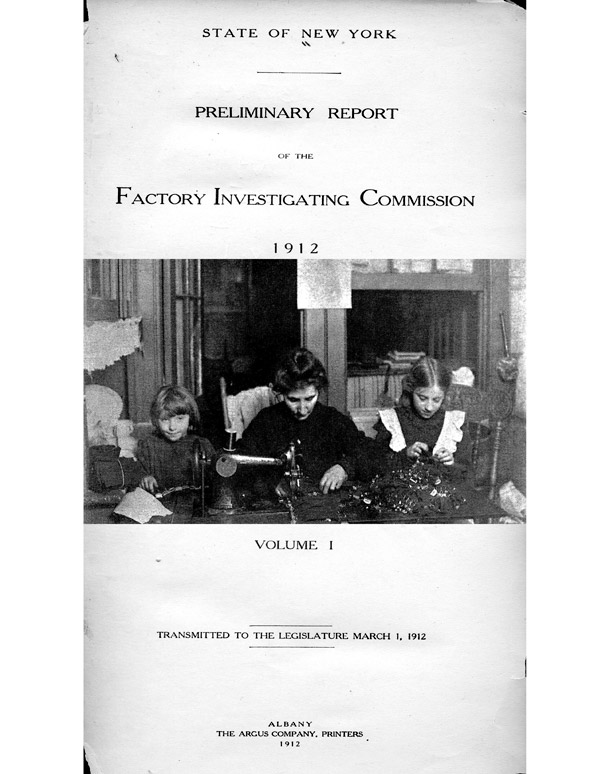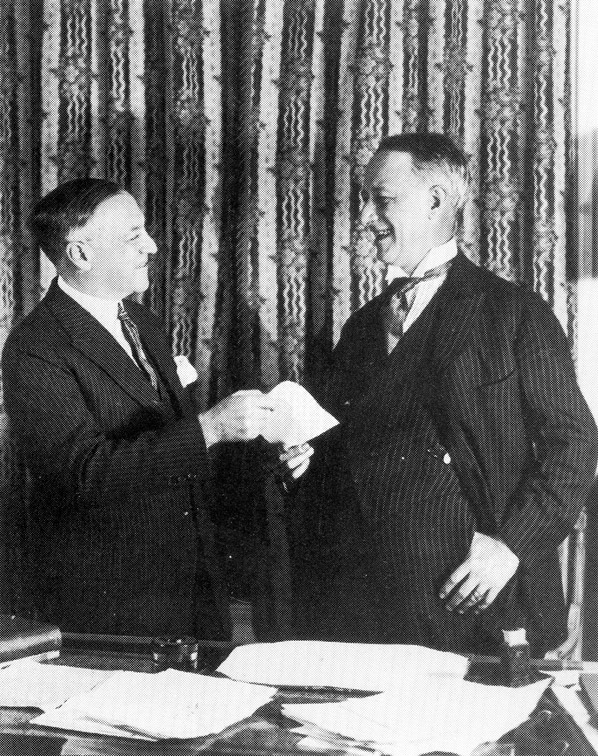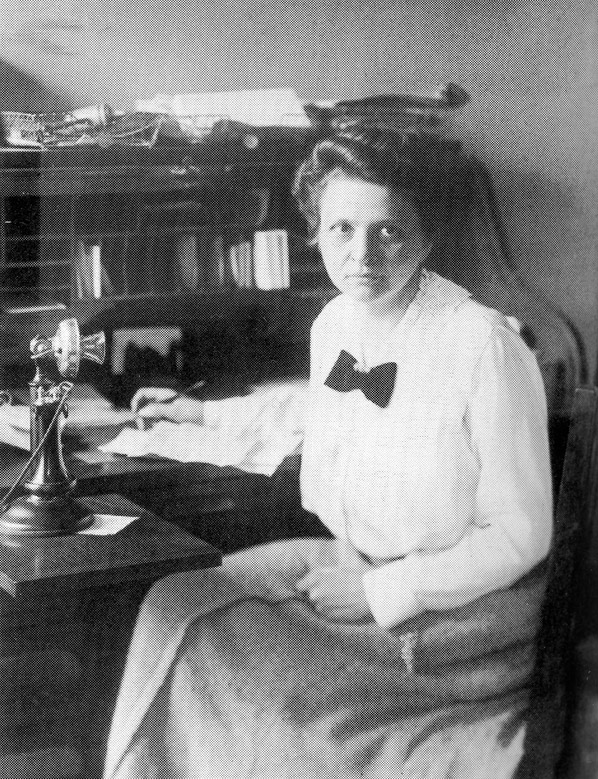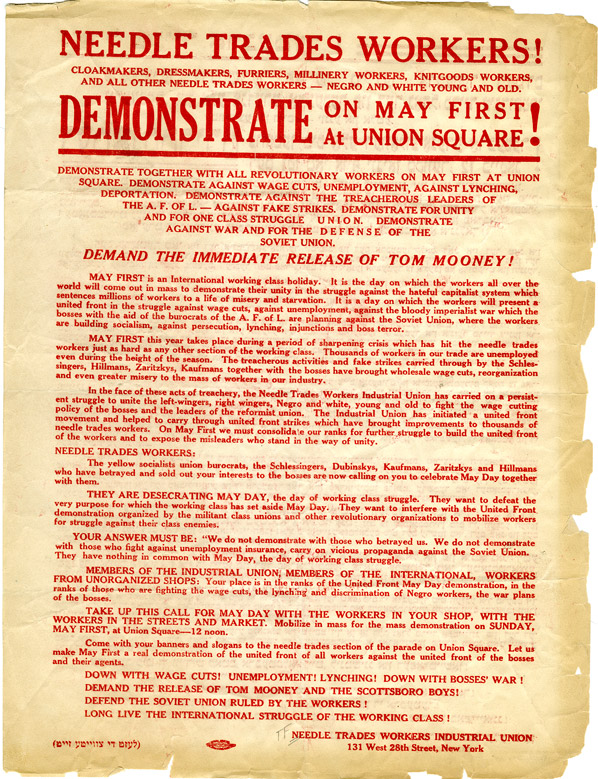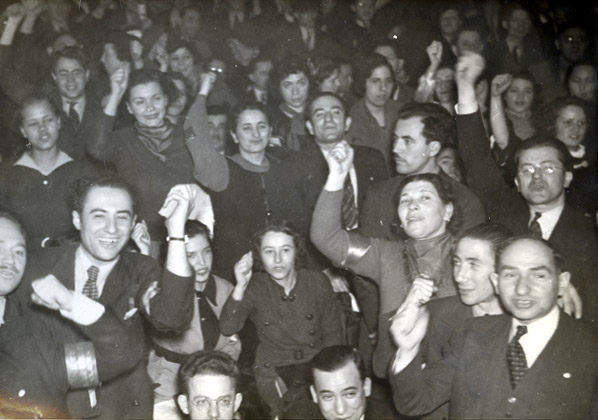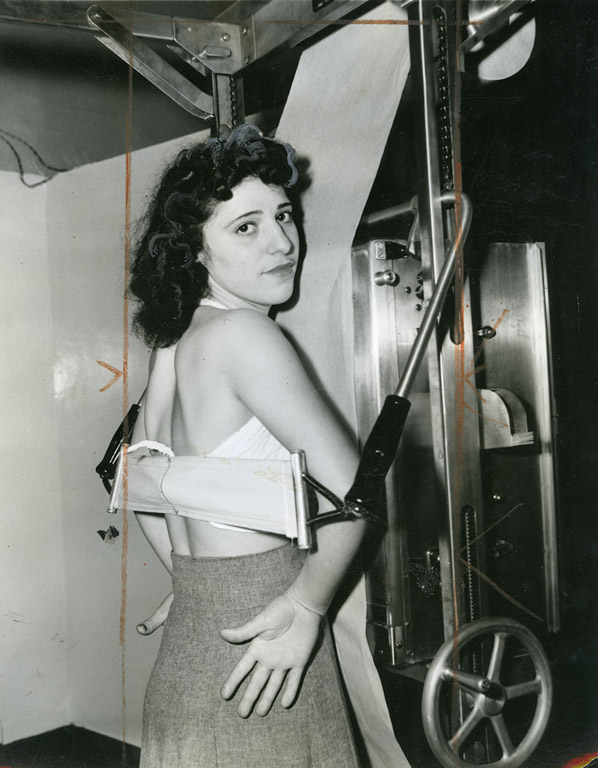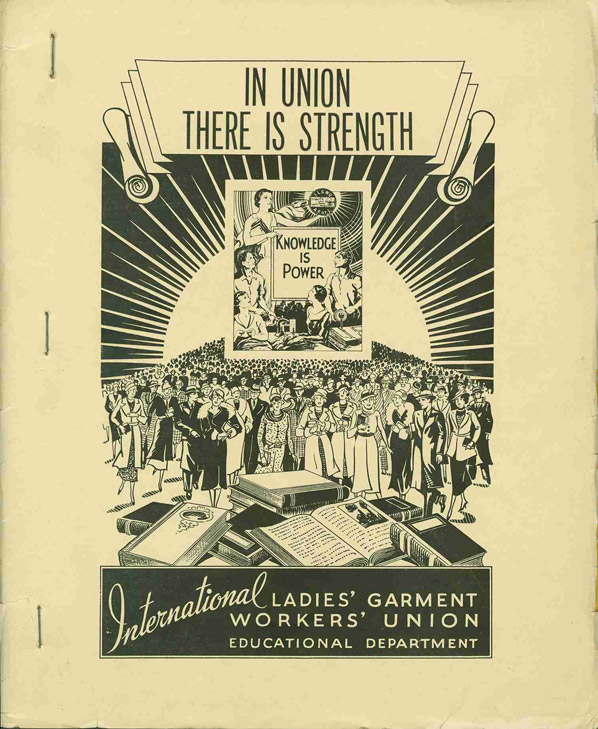
Three months after the fire Governor John A. Dix signed a law creating the Factory Investigating Commission. Headed by state senator and future United States Senator Robert F. Wagner, the commission interviewed 222 witnesses and inspected 1,836 factories. The New York State Legislature quickly enacted 36 statutes that regulated workplace fire safety, ventilation, as well as minimum standards for working women and children. In the labor arena, the ILGWU built on the public outrage over the Triangle fire to successfully organize the garment workers. By the mid-1920s collective bargaining had produced improved wage scales, benefits, and much improved shop conditions. However, the Great Depression of the 1930s and violent rivalries between militant Communists and moderate union leaders nearly destroyed the ILGWU. By 1932 its membership had declined more than fourfold to only 25,000.
CLICK ANY IMAGE TO ENLARGE WITH CAPTION
